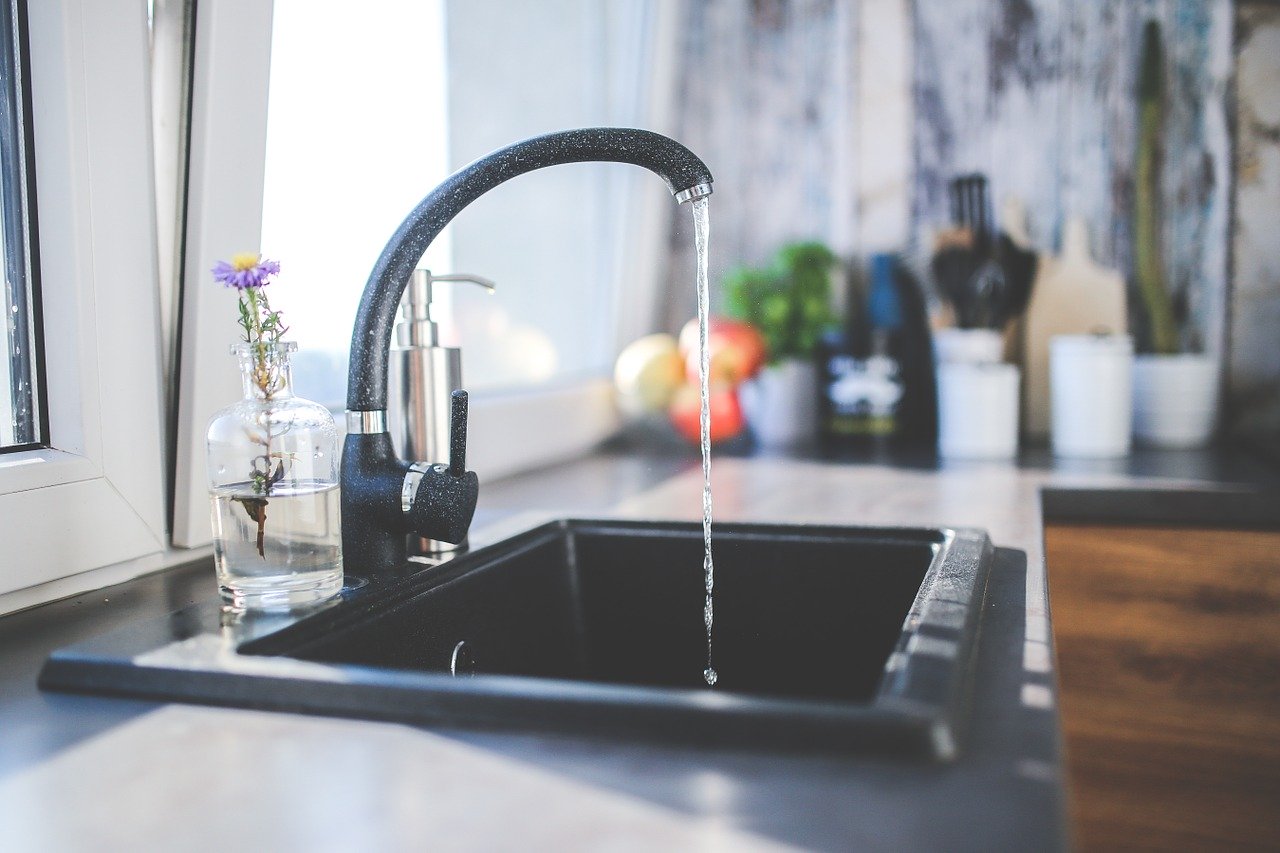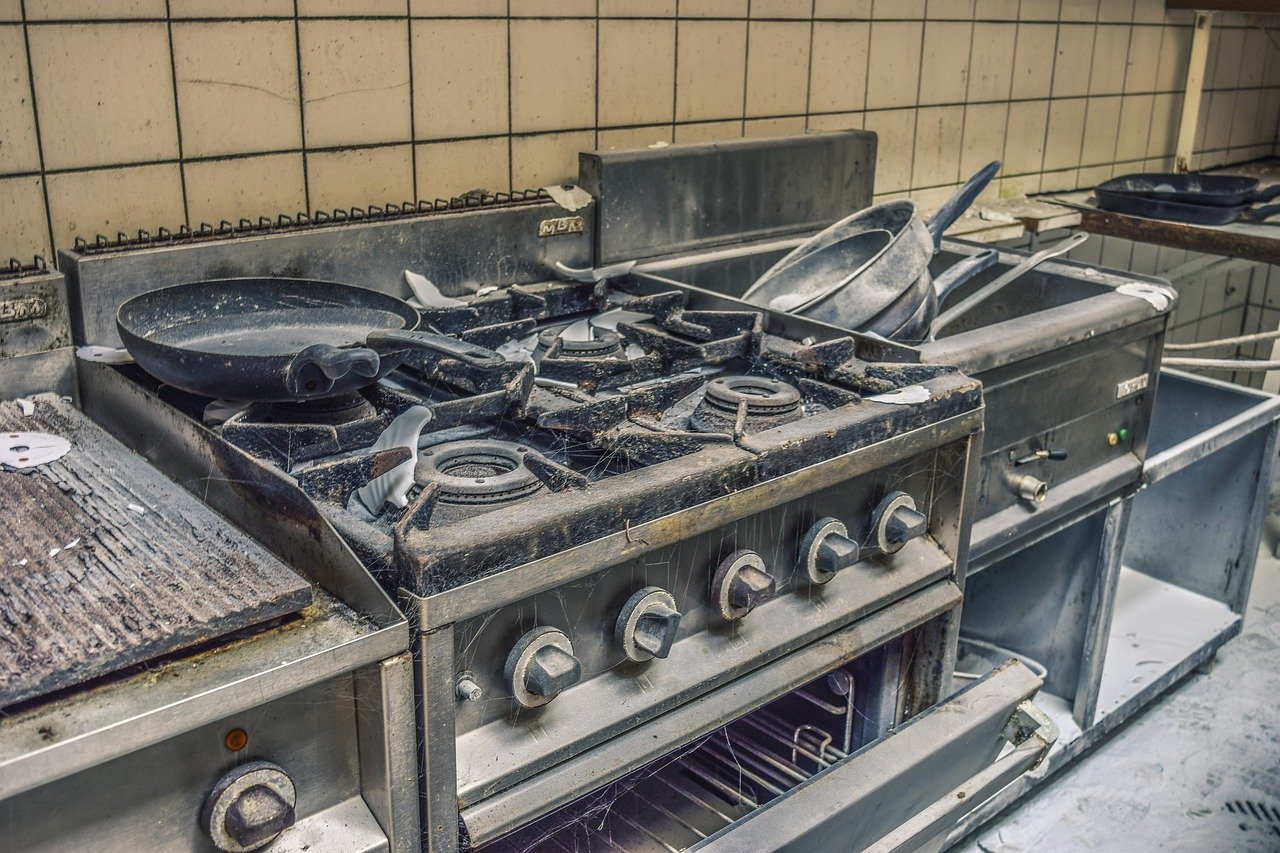Home Kitchen Cleaning
Home Kitchen Cleaning
Home kitchen cleaning can generally be easy for some, but quite challenging for a few, especially in some areas in the kitchen where molds and grimes are gathering. Sometimes it is also easier said than done when after a few days you would find dusts in places you rarely access in your kitchen. Check out the tips from the cleaning experts below:
What you will need for your home kitchen cleaning:
- Kitchen towel/wash cloth
- Liquid all-purpose cleaner
- Bleach
- Water
- Sponge/scrubber (scotchbrite)
- Rubber Gloves
Need something cleaned?

Preparing your tools and materials for kitchen cleaning:
You will be working a lot with your washcloth (basahan) and your all-purpose cleaner, so prepare a pail worth of mixed water and liquid all-purpose cleaner. Generally we recommend 5mL of all purpose cleaner for every gallon of water – not too concentrated so the surface will not be sticky after, not too dilluted that it won’t be strong enough to clean. You can use this mix for your regular home cleaning. Always remember to wash the wet washcloth after wiping each area to avoid messing other surfaces. Use 2 separate washclothes: one for wetting surfaces with your mix, and another for drying. At this point, start by placing kitchen towels or tissue paper on surfaces with thick grime/molds in your kitchen: tile trims, sealant of your kitchen sink, neck base of your kitchen faucet, kitchen tiles and chopping board. Pour enough concentrated bleach on them to make them moist and the tissue or kitchen towel is touching the surface more. Leave it to soak there for the meantime, and then you can start cleaning your kitchen.
1. Start from the top: Overhead cabinets/cupboards
To save time, and not go against the forces of gravity, start with your overhead cabinets. Bring out all its content and wipe the surfaces in it using a wet washcloth. Utilize a ladder of foot stool to reach high areas (and for your safety). Dry the surfaces with the dry washcloth and then wipe the contents before returning them back. Usually, range hoods or fume exhausts are located under cupboards. add a few drops of bleach in your mix to remove oil deposits under the range hoods.
Fun fact: Overhead cabinets were made to store plates, cups, spices and utensils. Due to hight limitations of most people, overhead cabinets became a storage for stuff they rarely use. Though nothing is wrong about that, but it would mean you would be spending some more time cleaning this part compared to other areas of your kitchen.
2. Kitchen walls
Using your wet washcloth, wipe the kitchen walls and tiles. If some parts are a bit sticky or slimy due to oil splatter or grime, add a few drops of bleach in your mix and use that to wipe those surfaces. It might be still early to remove the kitchen towels soaked with bleach at this point, so might need to leave that for a bit. Wipe them dry to prevent unsightly droplets from forming.
3. Oven/Gas Stove
This is a challenging surface to clean. For this part, add bleach in your mix, and use it to scrub the oven top, gas stove, stove grill and oven grill. If the carbon deposits seem to be difficult to remove, let your sponge absorb some of the bleach-cleaner mix and squeeze some on the deposits. Let them stay there and soak for a few minutes before trying to scrub them again. Scrub forcing these parts will scratch the surface and would leave them unsightly after cleaning, not to mention, very tiring for you to do. Wipe them dry to avoid rusting.

4. Refrigerator/Fridge
Similar to your overhead cabinets, bring out all of your fridge content before wiping the inside. Throw away leftover food that are spoiled already, or food that you have no plans of consuming (yes, we do have those in our fridge). Make sure to dry the surface to avoid unpleasant smell. Do the same steps on the outside surface of your fridge. For some refrigerator models, there is a water collection basin either at the bottom or at the back. Remove it and clean it using your bleach-cleaner mix, wipe it dry and put it back.
Fun fact: the odor coming from your fridge is not caused by spoiled food most of the time. Left over food that spilled into the collection tube, drain and basin are the usual cause of foul fridge odor. Turning off your fridge, defrosting and cleaning these areas will help remove the foul odor completely.
5. Kitchen table surface and counter tops
Using your sponge, scrub and wipe your kitchen table and counter top surfaces. You may also add bleach to disinfect this area.
Fun fact: Contrary to popular belief, the toilet is not the dirtiest place at home. The kitchen is the dirtiest, especially countertops, since a lot of people place grocery bags (that were at some point left on the floor) on top of kitchen counters. Not to mention the microbes left after processing or cutting meat, vegetables (sometimes still with soil particles), and other ingredients.

6. Sink Cabinet
Similar to your overhead cabinet and fridge, bring out the contents of your sink cabinet. Wipe the inside and dry. Wipe to contents before placing them back in. This is also a perfect time to check for tell tale signs of pests like cockroach or rat droppings. If you see any, we suggest that you put bait or any pest control measure you prefer.
7. Kitchen floor
The best way to clean the kitchen floor is by using a mop instead of washcloth. With your bleach-cleaner mix, pour some on the floor, especially where there are hard to clean/scrub spots. Let it soak for a few minutes, scrub, and then mop. Dry your floor as soon as you are satisfied with the cleaning already to avoid anyone from slipping.
8. Lastly – the Sink
Finally! We recommend you clean the sink last because cleaning it early on would mean cleaning it again and again all throughout the process since you will be washing you washcloth from time to time there. Remember the kitchen towel we soaked earlier (read the top again for the complete process), you can now remove them and see how easy to remove the grime and molds using your sponge. With your bleach-cleaner mix, wash, wipe and dry your kitchen sink. You can also now remove the kitchen towel soaked with bleach on the surfaces you placed them. Scrub a little and see that all the grime and molds are gone.
Bonus tips!
The key to a clean kitchen is to wiping and cleaning the mess right away, keeping surfaces dry and keeping a kitchen cleaning routine. Stains, molds and grimes develop due to neglect, so cleaning your kitchen after every use keeps them at bay. It may be a waste of a few minutes of your time but it will save you from stress and effort during a kitchen general cleaning.
Kitchen cleaning can be easier if you avail of the services of a professional cleaning service company.

Do you want to learn more on how CMDA Cleaning Services can help you, your family, or your office fight against COVID-19? Send us an email at inquiry@cmdacleaning.com, or call/text us on any number mentioned above.
Let’s all be well and healthy, wear a face mask, wash our hands frequently, maintain a 1-2 meter physical distance to non-family members, and stay at home if we can. Stay covid-free!















 Cleaning the bar of soap that fell in the toilet
Cleaning the bar of soap that fell in the toilet